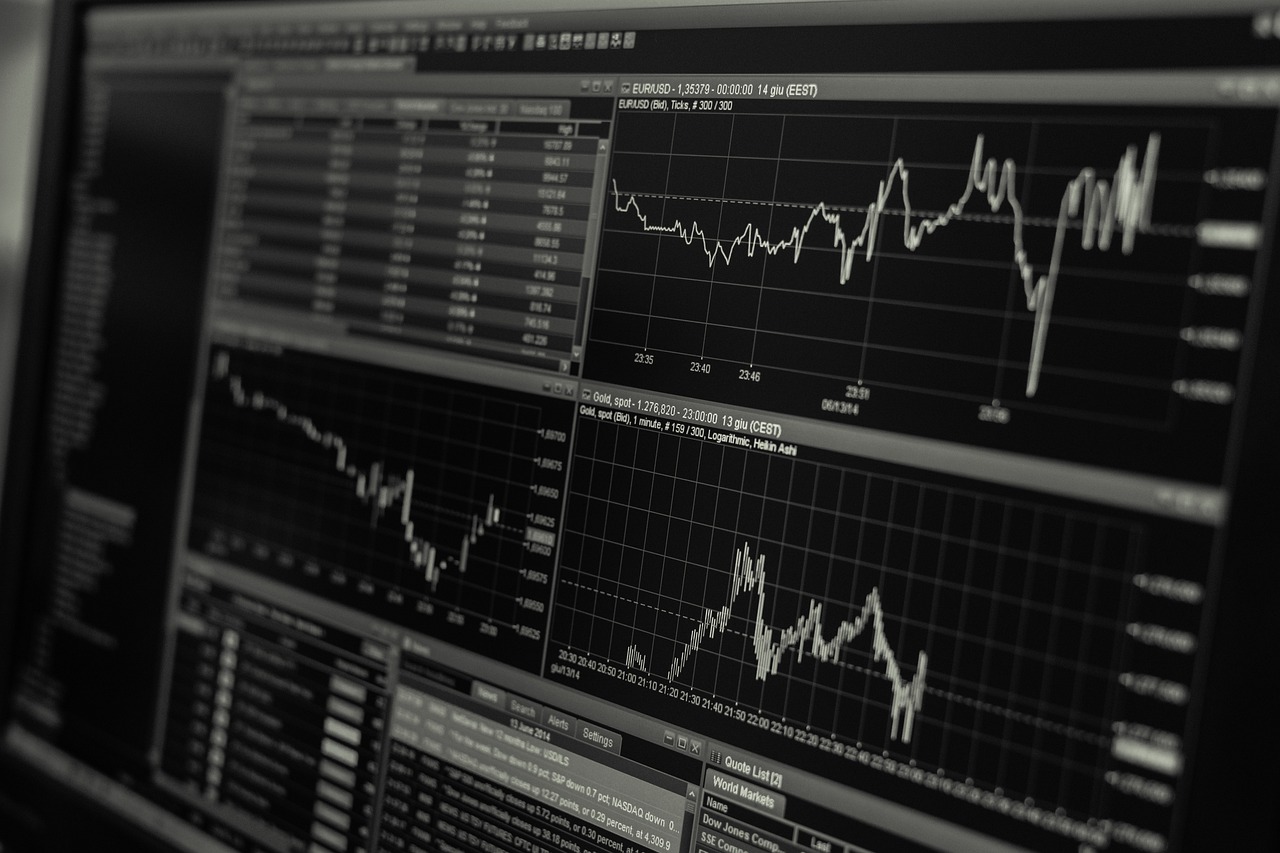Trading has entered a new era of technological sophistication! Artificial intelligence is reshaping how we approach financial markets, turning complex data into actionable investment strategies. In fact, recent studies suggest that AI-powered trading algorithms can process over 1 million data points per second – a computational feat impossible for human traders.
We’re witnessing a profound transformation where machine learning and sophisticated algorithms are not just tools, but game-changers in the world of trading.
Understanding AI Trading Algorithms
Artificial Intelligence (AI) trading algorithms represent a revolutionary approach to financial market interactions, leveraging advanced computational techniques to make lightning-fast investment decisions. These sophisticated systems fundamentally differ from traditional trading methods by utilizing machine learning models that can adapt and learn from complex market dynamics.
At their core, AI trading algorithms employ neural networks and deep learning techniques to process enormous volumes of financial data, identifying intricate patterns that human traders might easily overlook. Unlike conventional trading strategies that rely primarily on historical trends, AI-driven approaches continuously refine their decision-making processes through real-time learning and pattern recognition.
How AI Algorithms Analyze Market Data
Modern AI trading systems excel at processing massive streams of financial information with unprecedented speed and accuracy. By utilizing advanced predictive modeling techniques, these algorithms can simultaneously analyze multiple data sources – including stock prices, global economic indicators, social media sentiment, and news developments.
For instance, a sophisticated AI trading algorithm might detect subtle correlations between geopolitical events and stock market movements, making predictive assessments that go far beyond traditional statistical modeling. These systems use complex machine learning models to assess potential risks and forecast market trends with remarkable precision.
Types of AI Trading Algorithms
The landscape of AI trading algorithms is diverse and continuously evolving. Trend-following algorithms track and capitalize on sustained market movements, while mean reversion strategies identify and exploit temporary market inefficiencies. Sentiment analysis models add another layer of sophistication by interpreting social media posts, news articles, and public discourse to gauge potential market reactions.
High-frequency trading AI systems represent the pinnacle of algorithmic trading, executing thousands of trades within milliseconds by leveraging microsecond-level computational advantages. These systems can respond to market changes faster than any human trader ever could.
Benefits and Limitations of AI Trading
AI trading algorithms offer numerous advantages, including emotionless decision-making, instantaneous processing of complex information, and the ability to simultaneously monitor multiple markets. However, they are not without limitations. The potential for unexpected algorithmic interactions, unforeseen market disruptions, and the inherent complexity of financial systems means these tools require constant monitoring and refinement.
Ethical considerations also play a crucial role, as these algorithms must be designed with robust risk management protocols to prevent potential market manipulation or unintended systemic risks.
Implementing AI Trading Strategies
Successful implementation of AI trading strategies requires a multifaceted approach. Traders and developers must carefully select appropriate tools and platforms, develop rigorous testing protocols, and continuously optimize algorithm performance. This involves creating comprehensive backtesting environments, implementing real-time performance monitoring, and maintaining flexibility to adapt to changing market conditions.
Key best practices include developing transparent algorithm design, maintaining robust risk management frameworks, and ensuring continuous learning and adaptation mechanisms are built into the trading models.
Conclusion
AI trading algorithms represent more than just technological innovation – they’re a fundamental reimagining of financial strategy. As these systems continue evolving, investors and traders must adapt, understanding both their immense potential and inherent complexities.
The future of trading isn’t about replacing human intuition, but augmenting it with powerful computational insights!

